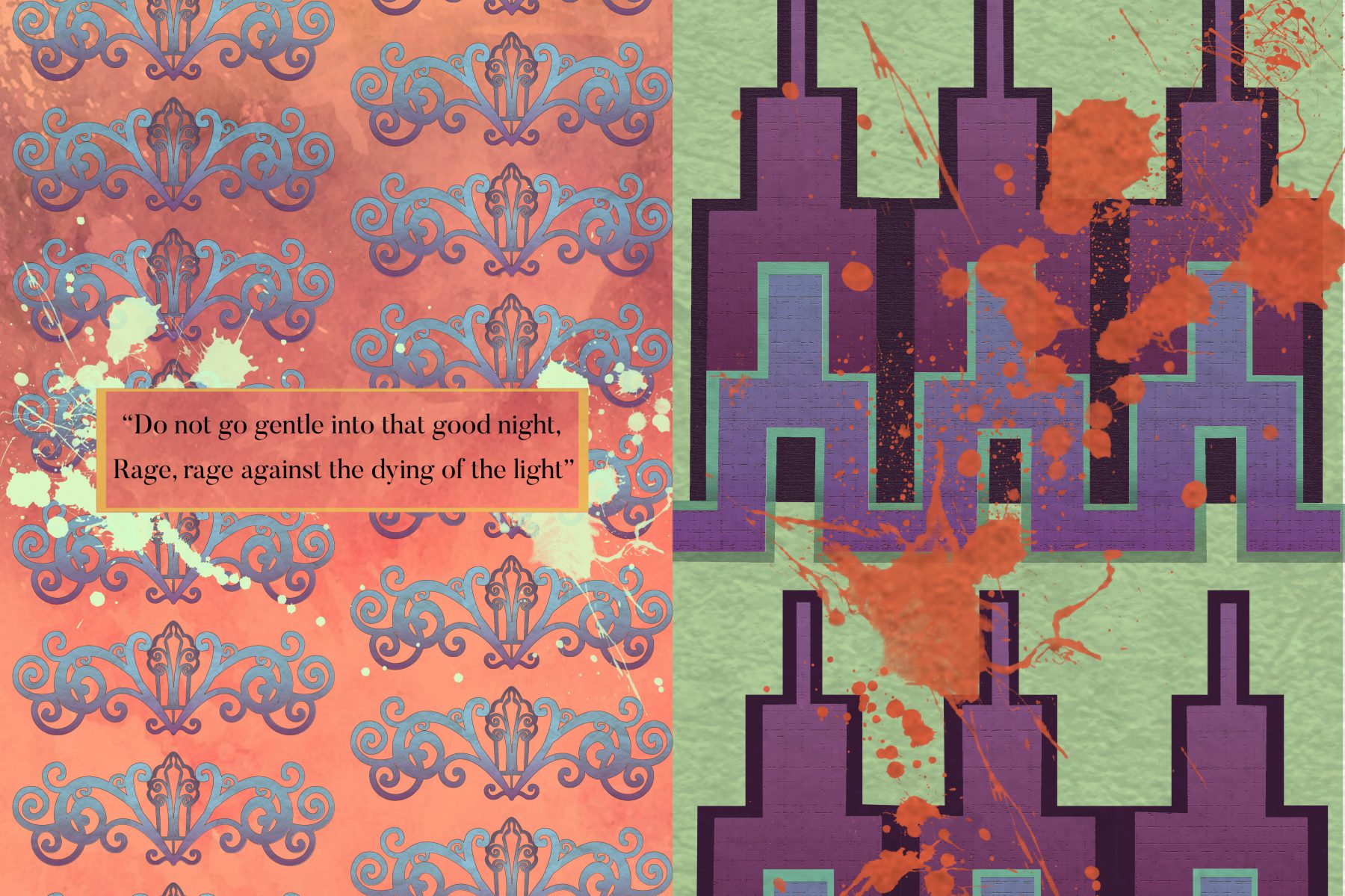Minimalism without a doubt is an art movement’s whose effects has permeated into the times we live in today. It can be clearly seen in everyday product design and the way we design visual communication and of course its still present within the art. The idea of “less is more is definitely” a lesson worth learning as to be able communicate your ideas clearly with little is an underrated skill. That being said, despite knowing this, when walking through the exhibition, I cant help think that some of the artworks were “pretentious”. Yes you can give the benefit of the doubt that these artworks are taken out of their original context and that they were radical and visionary for their time when Art Deco and Pop Art were still prominent for us to compare it with to add to its “radicalism”. For example, looking at things like Dan Flavin’s monument V.Tatlin, you can still give it a pass despite it looking unimpressive in real life due to the history behind the work, that it is an homage to Vladmir Tatlin’s Constructivist own monument.

However there are still some works within minimalism that I still can’t appreciate. I think this has to do with it being too nuanced. Nuanced art when done properly can be an amazing experience for the viewer as it leaves a satisfying feeling when you discover the finer small details and intention. However the artist still needs to carefully design the artwork such that these nuances can be discovered in the first place. Too much nuance would leave with zero activation and thus there has to be a balance between the two.
Personally, I find the best minimalist artworks to be the ones that are able to use simple ideas, put it in a new light and as a result cause us to view things in a different way.
The first artwork I found most impressive was Olafur Eliasson’s “Room for one colour”. Its a simple artwork, simply using yellow light. But amazingly when walking into a room with just yellow light, it drains the colour from everything else and we see everything else in grayscale. With something as simple as using coloured light the artist was able to let us everyday common people experience what it felt like to be colourblind. For a that moment while we were inside the room, we were able to not just sympathise, but also empathise with the people who are differently abled from us.

Another work that would be among my favourites would be Mega Death by Tatsuo Miyajima. The sense of despair and loss Miyajima achieves through just using the colour blue and cycling numbers is truly an experience. His works provokes thought and meditation through simplicity, which I think is the core of what minimalism should be about. Though one might argue that it only achieves what it could do through the use of scale. But scale is just another tool that us artist can use and there should not be any negative connotation tied to that.

Overall I think although minimalism is heavily tied to the context when it first appeared, the lessons that minimalism hold are precious and timeless within itself. To do more with less is something that we should all strive to achieve as artist.

1 comment for “Thoughts on the Minimalism exhibition”